Guide to Wildfire Prepared Programs
- February 11, 2025
- 0 comment
Wildfires Prepared are a natural part of many ecosystems, but their increasing frequency and intensity pose significant threats to communities worldwide. Effective wildfire prepared programs are crucial to reducing these risks and ensuring the safety of both human lives and natural resources.
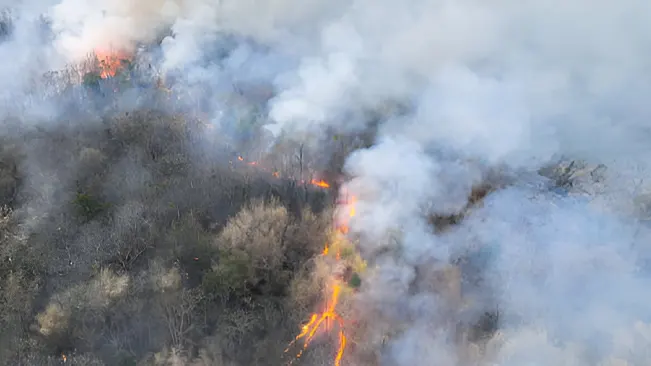
These programs encompass a wide range of strategies, from community education and land management practices to emergency response planning and technological innovations. In this guide, we’ll explore the critical components of wildfire prepared programs and how they can be implemented to safeguard communities.
Understanding Wildfires
What Are Wildfires?
Wildfires, also known as forest fires, bushfires, or wildland fires, are uncontrolled blazes that consume vegetation and can occur in rural, suburban, and even urban areas. These fires can ignite due to natural causes such as lightning strikes, which spark dry vegetation during thunderstorms.
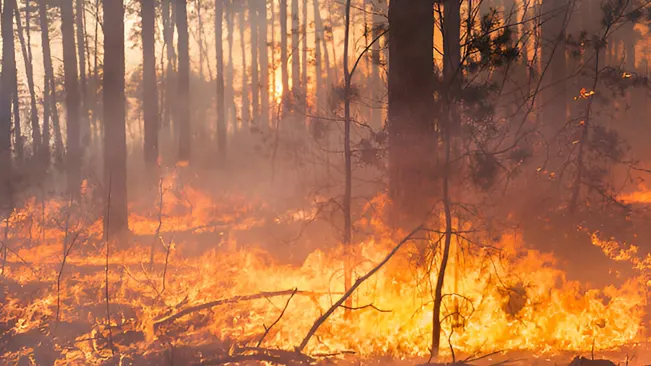
However, human activities are a significant source of wildfires, including improperly extinguished campfires, discarded cigarettes, fireworks, and intentional acts of arson. Once started, wildfires can spread rapidly, driven by wind, dry conditions, and ample fuel. They pose severe threats to ecosystems, wildlife, human settlements, air quality, and overall environmental health, necessitating effective prevention and management strategies.
The Impact of Wildfires
Wildfires have devastating impacts on ecosystems, air quality, and human health. They ravage natural habitats, leading to the loss of biodiversity and disrupting food chains. Wildfires release large amounts of carbon dioxide, particulate matter, and other harmful pollutants into the atmosphere, contributing to climate change and deteriorating air quality.

This can result in respiratory issues and other health problems for people, particularly those with pre-existing conditions. Additionally, wildfires often cause significant property damage, displacing families and costing billions in economic losses. The increasing frequency and intensity of these fires underscore the need for effective preparedness programs to protect communities and natural environments.
Why Are Wildfires Increasing?
Wildfires are becoming more frequent and severe due to a combination of climate change, land use changes, and human activities. Climate change leads to rising temperatures, reduced precipitation, and longer drought periods, creating conditions where vegetation becomes dry and highly flammable.

Increased urban development near wildland areas, known as the wildland-urban interface, provides more ignition sources and increases the risk of fires affecting human populations. Human activities, such as land clearing and accidental ignitions, further exacerbate these risks
Components of Wildfire Prepared Programs
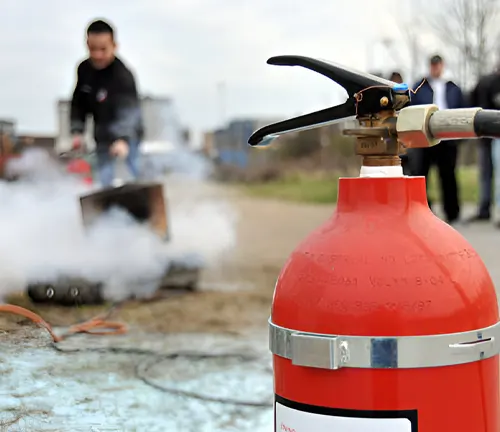
Community Education and Awareness
Are vital for wildfire prepared. These initiatives involve conducting workshops, seminars, and information campaigns to inform residents about wildfire risks and prevention strategies. Education efforts focus on teaching homeowners how to create defensible spaces, identify fire hazards, and implement safety measures. By promoting preparedness and response strategies, these programs empower communities to reduce wildfire risks, enhance safety, and improve resilience against potential fire-related disasters.
Land Management Practices
Effective land management practices are crucial for reducing wildfire risks by minimizing available fuel sources. This includes controlled burns, which safely reduce excess vegetation, and vegetation thinning, which decreases plant density and flammability. Creating defensible spaces around properties involves clearing combustible materials and maintaining vegetation to slow fire spread. These measures not only protect structures but also enhance the overall resilience of ecosystems and communities against wildfires.
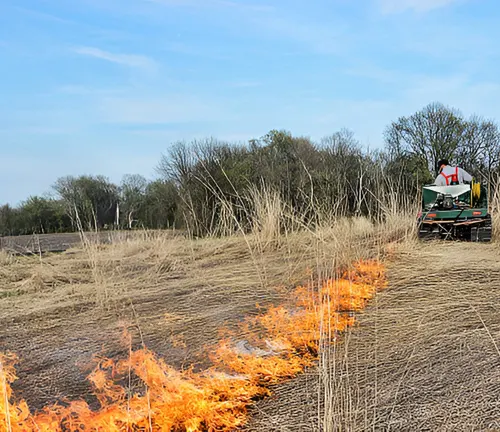
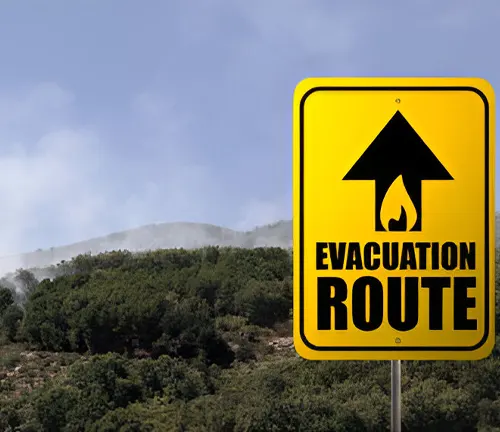
Emergency Response Planning
ensuring communities can respond swiftly and effectively when threatened. Key components include designing clear evacuation routes and establishing reliable communication plans to disseminate timely information. Coordination with local fire departments and emergency services is essential for resource allocation and effective response. Regular drills and community involvement in planning enhance readiness, minimize confusion, and ensure efficient evacuation and protection efforts during a wildfire event.
Technological Innovations
Technological innovations are pivotal in enhancing wildfire prepared and response. Satellite monitoring provides real-time imagery to track fire spread and intensity, while fire prediction models analyze weather and vegetation data to forecast potential outbreaks. Drones and remote sensors offer aerial views and detect hot spots, aiding early intervention. Real-time data sharing enables rapid communication among agencies, improving coordination and resource deployment for efficient wildfire management and risk mitigation.

The Role of Government and Organizations
Government Initiatives
Governments play a critical role in supporting wildfire prepared programs through legislation, funding, and resources. Initiatives such as creating national fire management policies, supporting research, and providing financial assistance to affected communities are essential.
Non-Governmental Organizations (NGOs)
NGOs contribute to wildfire prepared by offering expertise, training, and resources to communities. They often collaborate with government agencies, local communities, and international organizations to enhance preparedness efforts.
Collaborative Efforts
Collaboration between government agencies, NGOs, and communities is vital for effective wildfire prepared. By working together, these entities can pool resources, share knowledge, and develop comprehensive strategies to mitigate wildfire risks.
Case Studies: Successful Wildfire Prepared Programs
Australia’s FireSmart Program
Australia’s FireSmart program is a community-based initiative focused on reducing wildfire risks through education, land management, and emergency planning. It has successfully engaged communities across the country in wildfire prepared efforts.
California’s Fire Safe Councils
In California, Fire Safe Councils bring together residents, businesses, and government agencies to develop and implement wildfire prepared plans. These councils have been instrumental in raising awareness and reducing fire hazards in high-risk areas.
Canada’s FireSmart Program
Canada’s FireSmart program promotes wildfire resilience through community involvement and land management practices. It provides resources and support to help communities create defensible spaces and prepare for wildfires.
Challenges and Solutions in Wildfire Prepared
Challenges
- Limited Resources: Many communities face challenges in securing the necessary funding and resources to implement effective preparedness programs.
- Coordination: Coordinating efforts between different agencies and organizations can be complex and time-consuming.
- Public Engagement: Engaging the public and encouraging proactive participation in preparedness efforts can be challenging.
Solutions
- Resource Allocation: Governments and organizations can prioritize resource allocation to high-risk areas and provide incentives for communities to invest in preparedness measures.
- Partnerships: Building strong partnerships between government agencies, NGOs, and local communities can enhance coordination and resource-sharing efforts.
- Education Campaigns: Targeted education campaigns can raise awareness and motivate residents to take an active role in wildfire prepared.
Future Trends in Wildfire Prepared
Embracing Technology
As technology advances, new tools and techniques will emerge to improve wildfire prepared. Innovations such as drone surveillance, artificial intelligence, and predictive modeling will play a crucial role in detecting and managing wildfires.
Climate Change Adaptation
Adapting to climate change is essential for long-term wildfire prepared. This includes developing strategies to cope with changing weather patterns, increasing temperatures, and prolonged droughts.
Community Resilience Building
Building community resilience involves empowering residents to take an active role in preparedness efforts. This includes fostering a culture of preparedness, encouraging volunteerism, and providing training and resources to support community-led initiatives.
Conclusion
Wildfire prepared programs are vital for safeguarding communities against the growing threat of wildfires. By focusing on education, land management, emergency response planning, and technological innovations, these programs can significantly reduce risks and enhance safety. Collaboration between government agencies, NGOs, and communities is key to developing and implementing effective strategies. As climate change continues to impact wildfire patterns, investing in preparedness efforts and building community resilience will be essential for ensuring the safety and well-being of people and ecosystems worldwide.
Frequently Asked Questions (FAQs)
- What is a wildfire prepared program?
A wildfire prepared program is a set of strategies and activities designed to help communities anticipate, mitigate, and respond to wildfires. These programs involve educating the public, managing land to reduce fire risks, and planning for emergency responses. - How can I prepare my home for a wildfire?
To prepare your home, create a defensible space by clearing flammable materials, using fire-resistant building materials, and maintaining vegetation. Additionally, develop an evacuation plan and ensure you have emergency supplies ready. - What are the key elements of a community wildfire prepared plan?
Key elements include risk assessment, community education, land management practices, emergency response planning, and collaboration with local fire departments and emergency services. - How often should communities practice wildfire evacuation drills?
Communities should conduct evacuation drills at least once a year. Regular drills help ensure that residents know what to do during a wildfire and can identify potential issues with the evacuation plan. - What resources are available to help communities prepare for wildfires?
Resources include government grants, educational materials, and support from non-governmental organizations (NGOs) that specialize in wildfire prepared. Local fire departments and emergency management agencies can also provide guidance. - How do controlled burns help in wildfire prevention?
Controlled burns reduce the amount of combustible material (fuel) in an area, decreasing the intensity and spread of potential wildfires. This land management practice is used to maintain healthy ecosystems and lower fire risks. - Why is public education important in wildfire prepared?
Public education raises awareness about wildfire risks and teaches individuals how to reduce hazards and respond effectively during an emergency. Informed residents are better prepared to take proactive measures and support community efforts. - What role does technology play in wildfire prepared?
Technology aids in monitoring, predicting, and managing wildfires. Tools like satellite imagery, fire prediction models, and real-time data sharing improve response times and decision-making during wildfire events. - How do wildfires affect air quality and human health?
Wildfires release pollutants, including particulate matter and toxic gases, which can degrade air quality and pose health risks such as respiratory problems, heart disease, and other serious conditions. - How can I get involved in my community’s wildfire prepared efforts?
You can join local fire-safe councils or community preparedness groups, participate in educational events, volunteer for community clean-up projects, and stay informed about wildfire risks and safety measures.
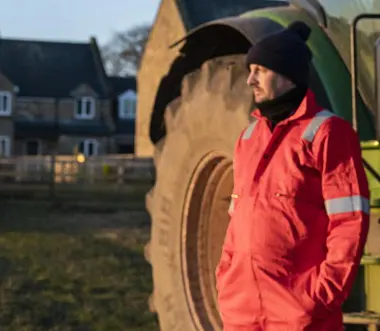
Charles Hayes
Forestry AuthorI'm Charles Hayes, I bring over 15 years of specialized expertise in landscaping and woodworking, blending artistic design with sustainable environmental stewardship. My career, fueled by a profound passion for the natural world, encompasses extensive education and hands-on experience in creating harmonious, eco-friendly outdoor spaces and responsibly managing forest resources. Recognized for my professional standing, I am committed to continuous learning and certification in cutting-edge practices. My expertise is not only reflected in my work but also in my contributions to community projects, educational workshops, and collaborations with industry leaders. As an authoritative voice in my field, I strive to share knowledge and promote environmentally conscious approaches, making me a trusted resource in landscaping and forestry.





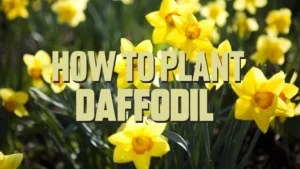

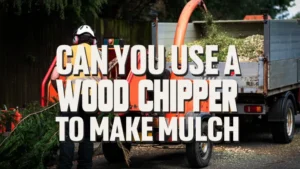





Leave your comment